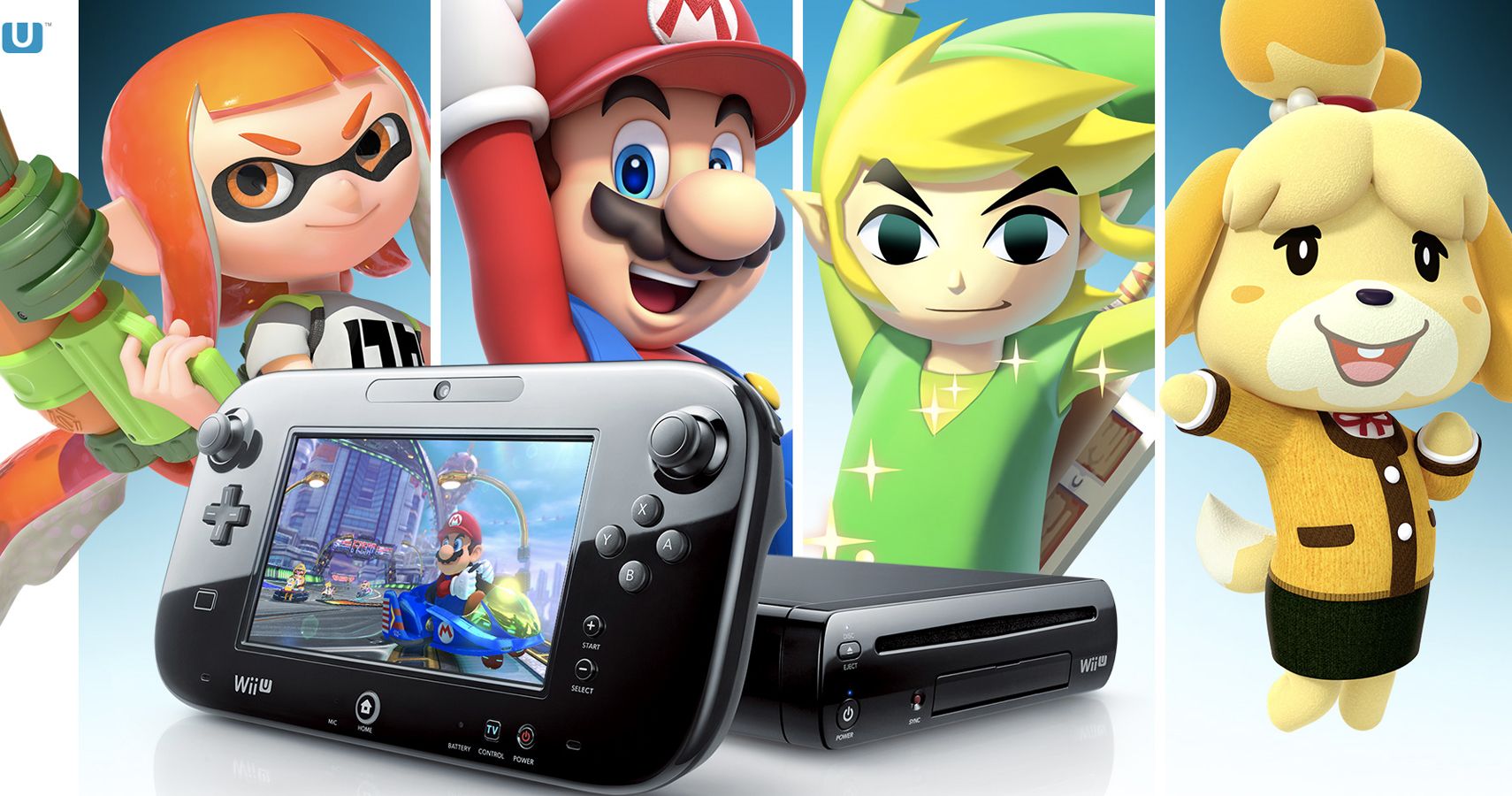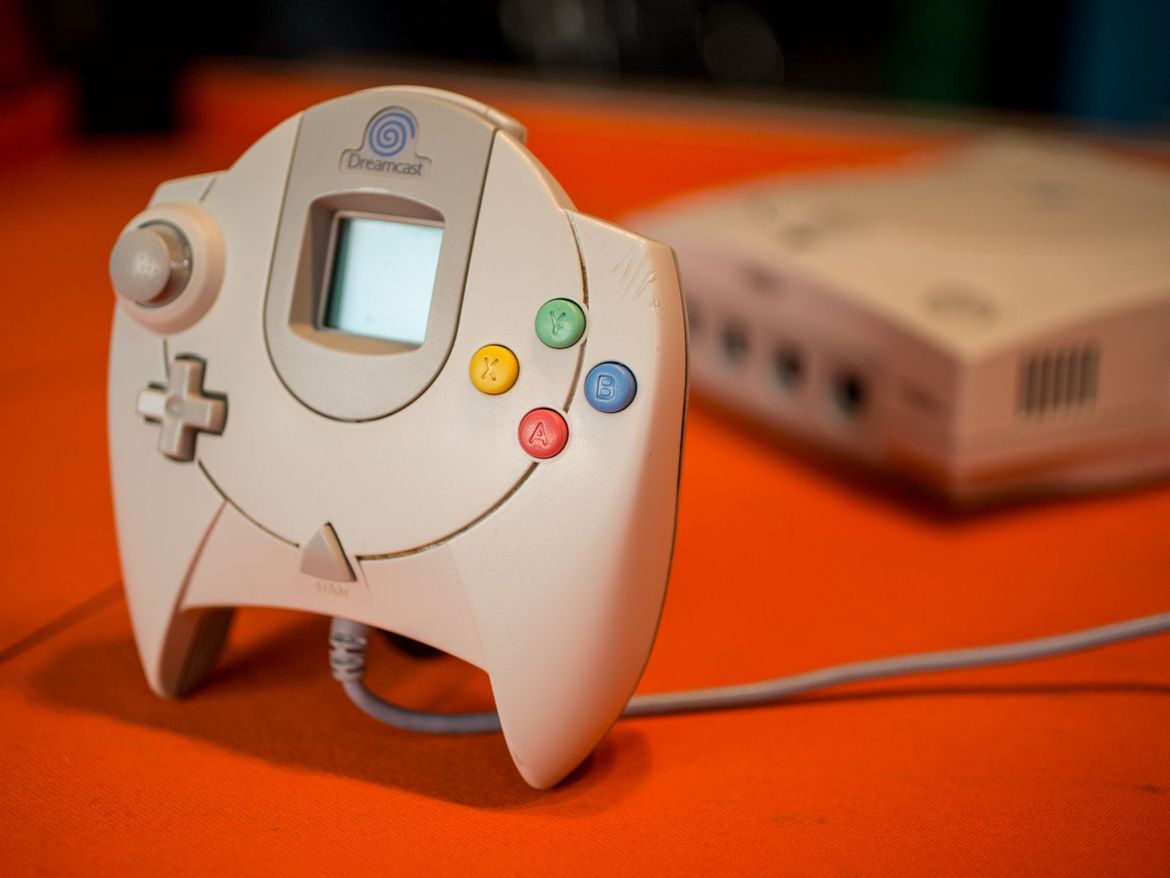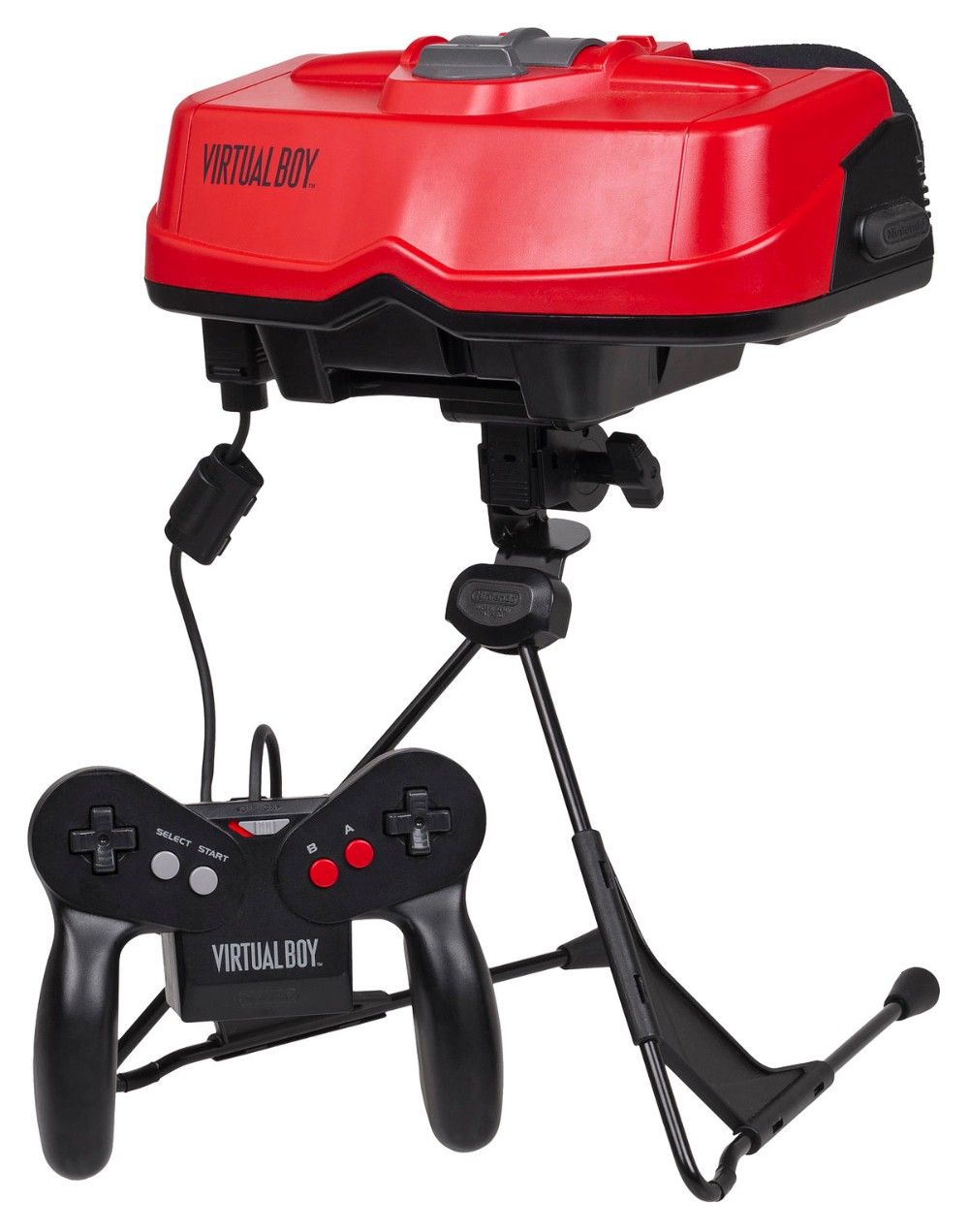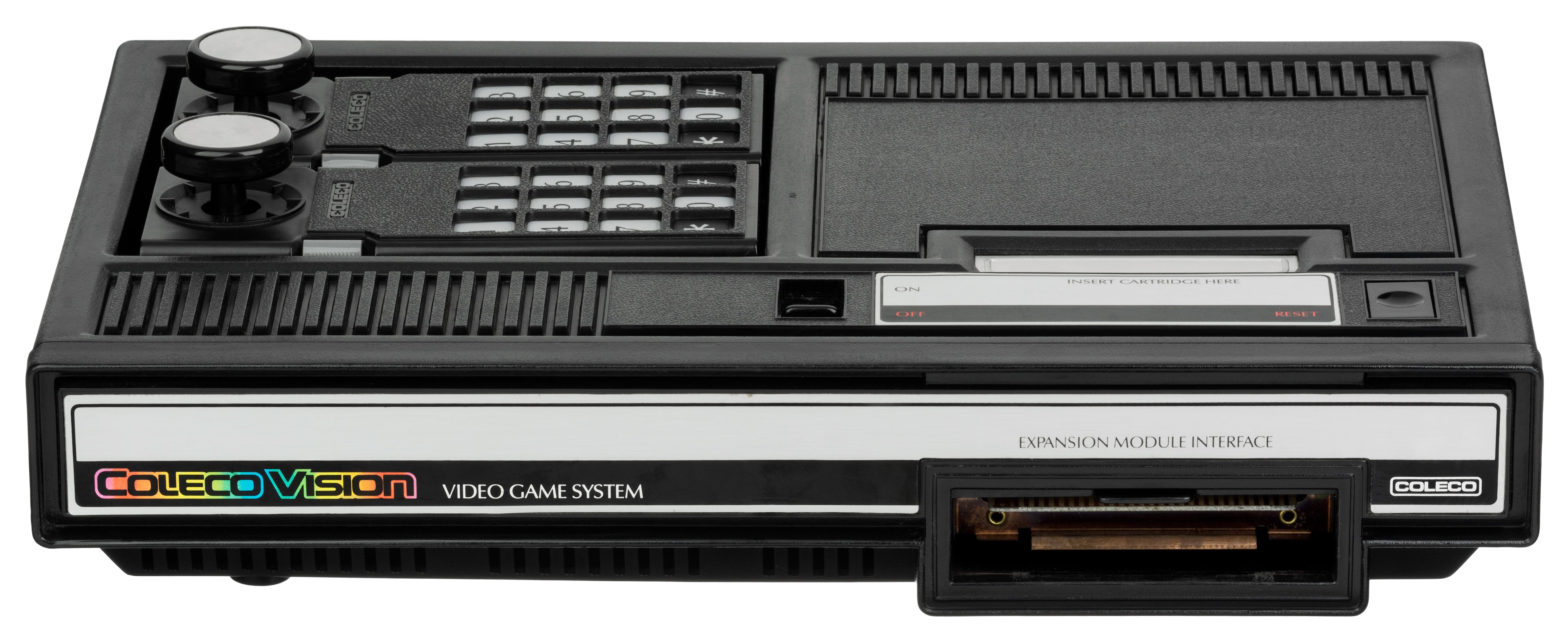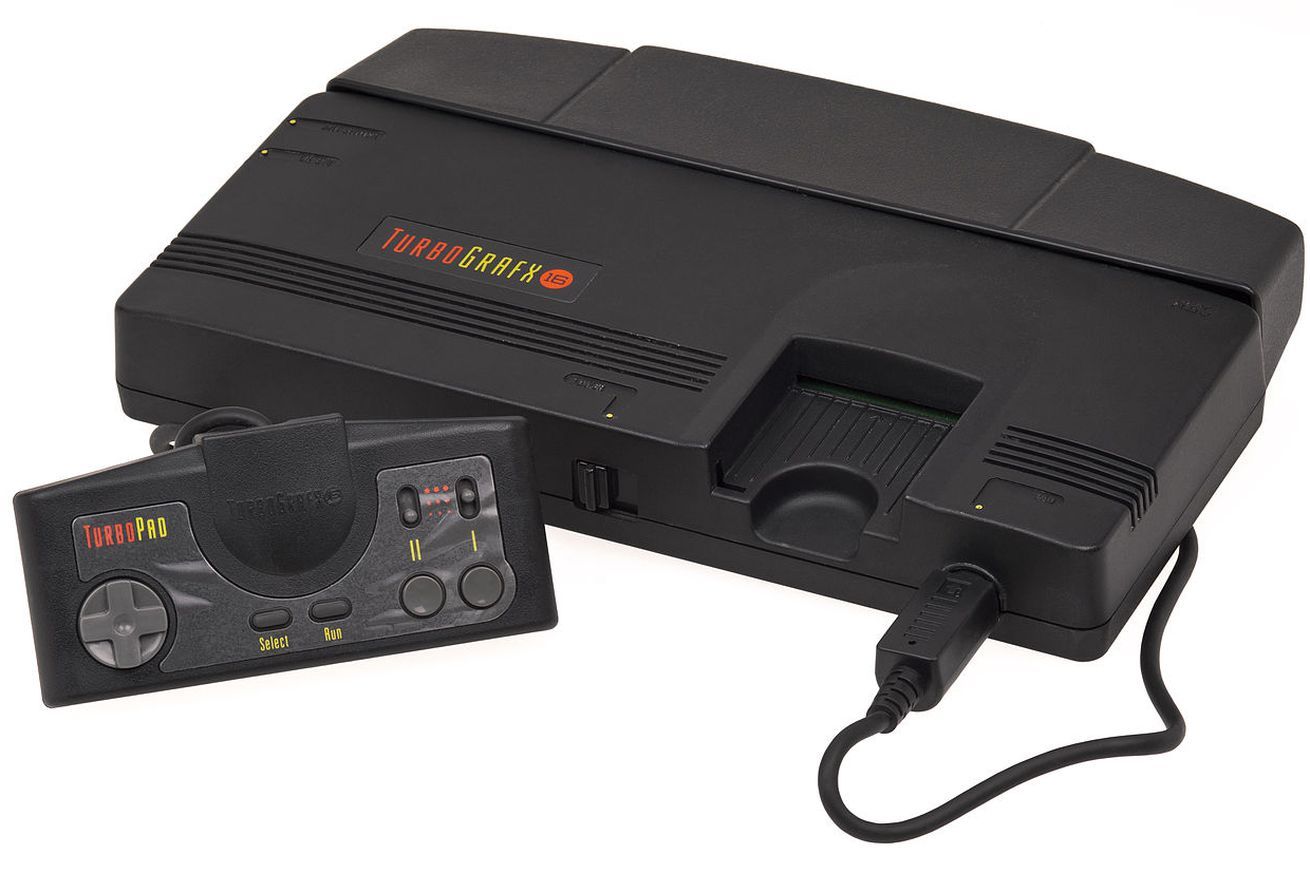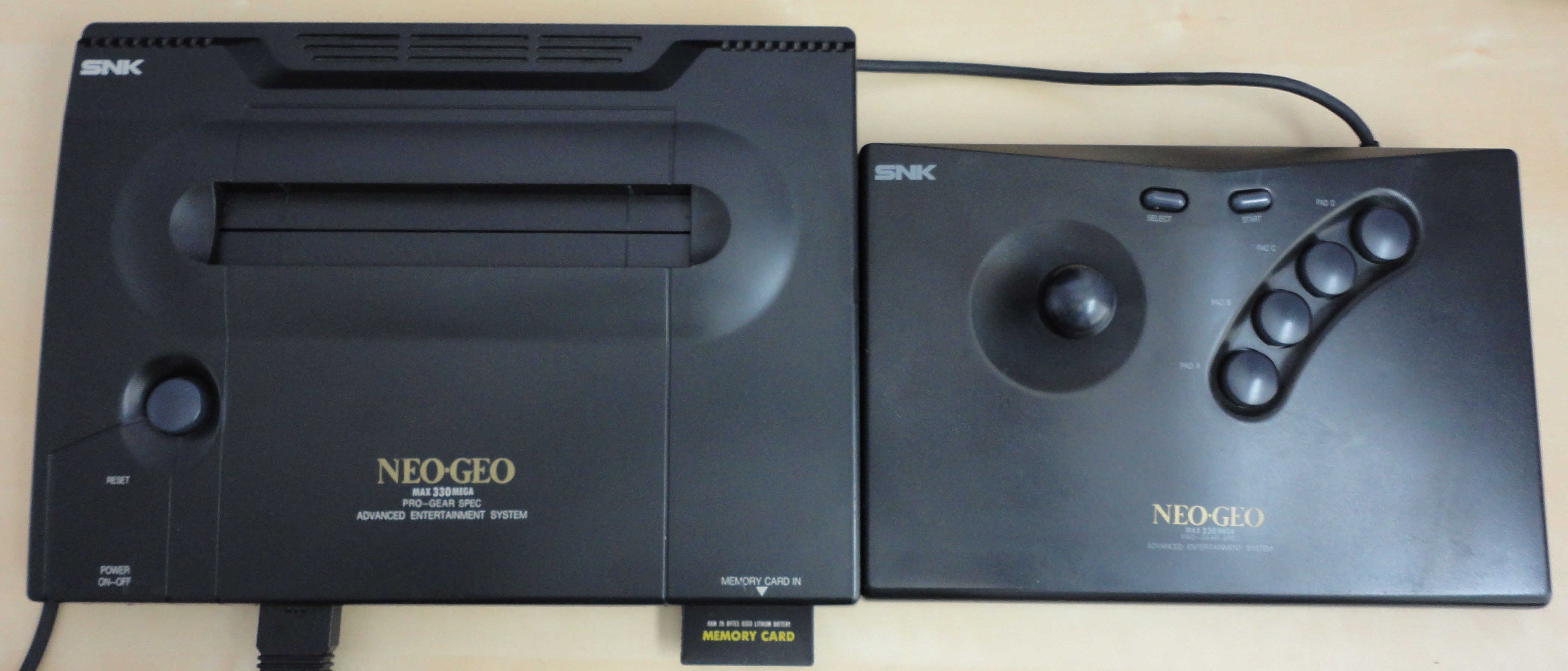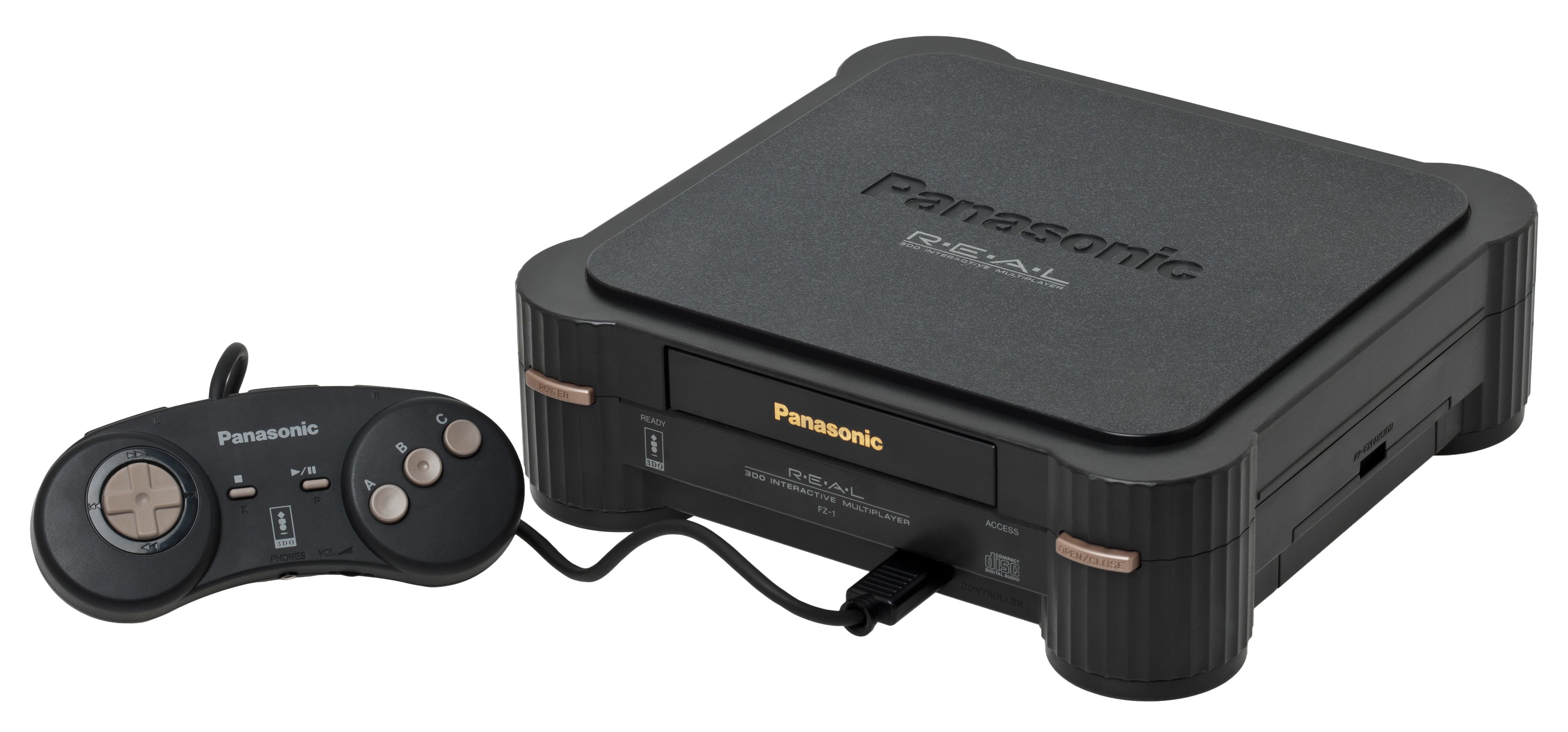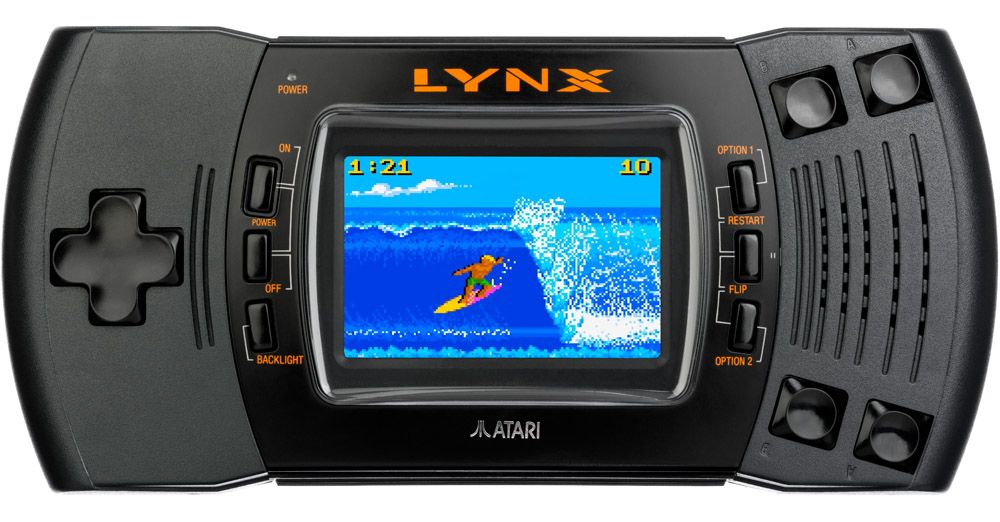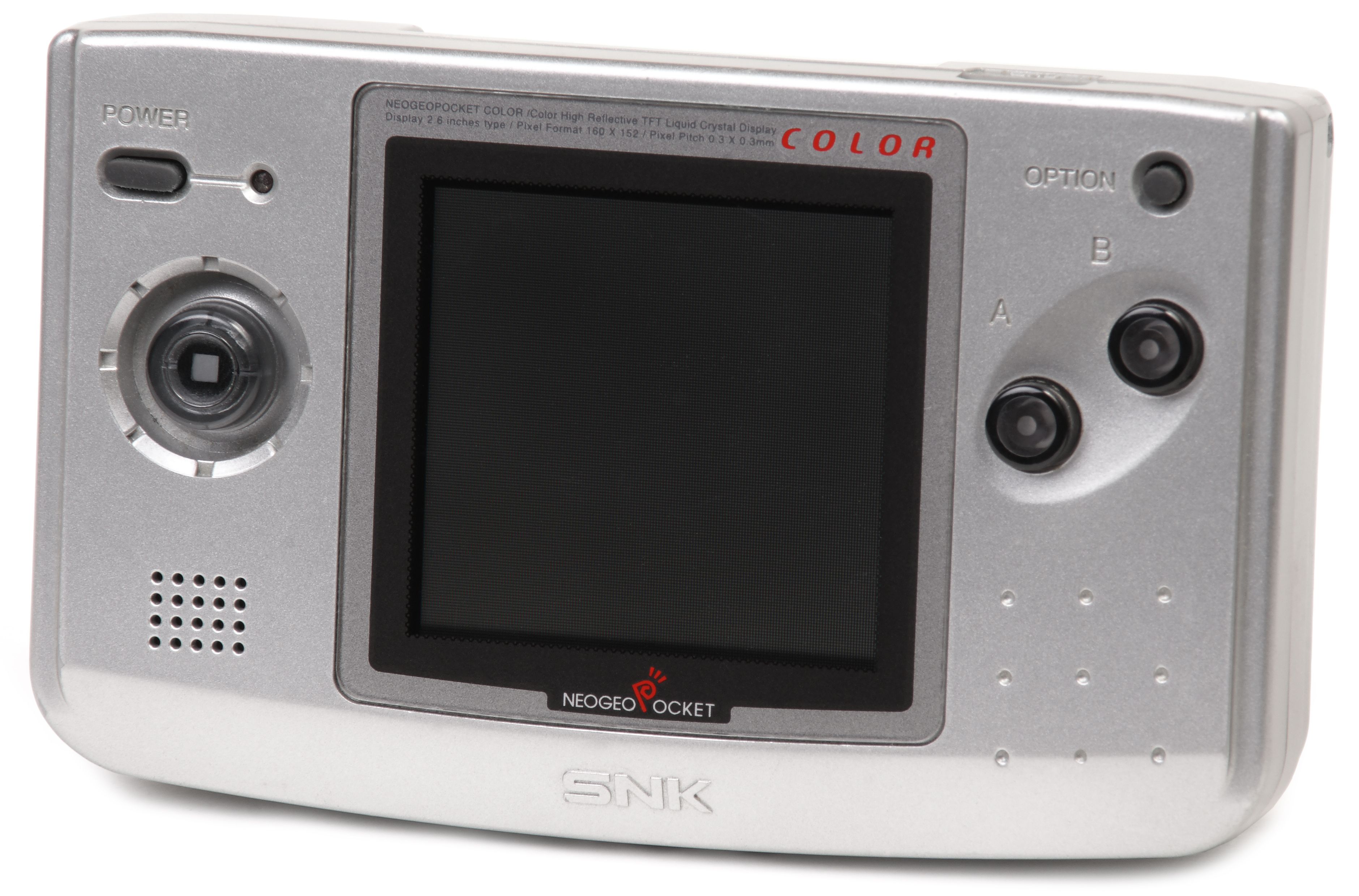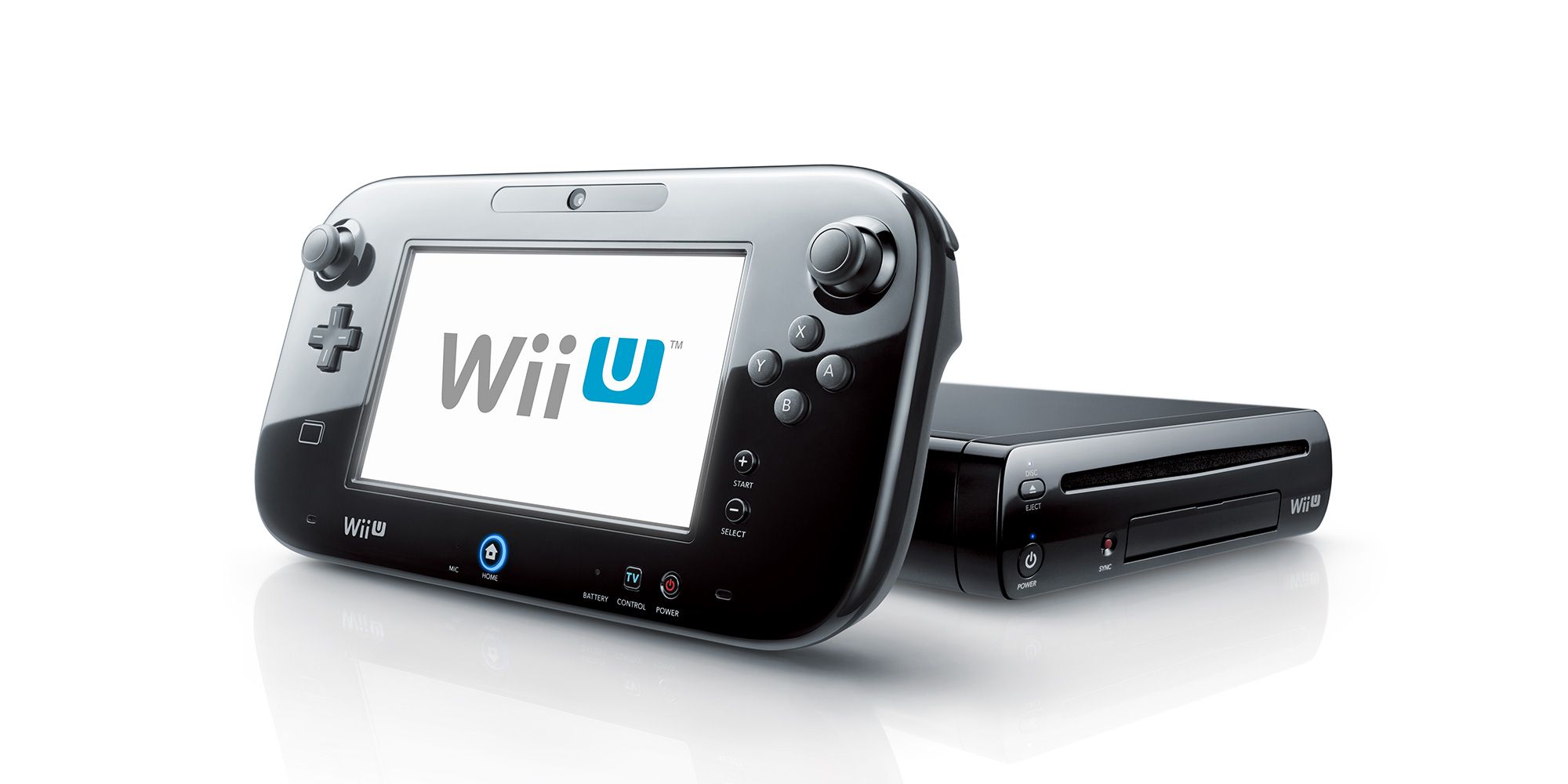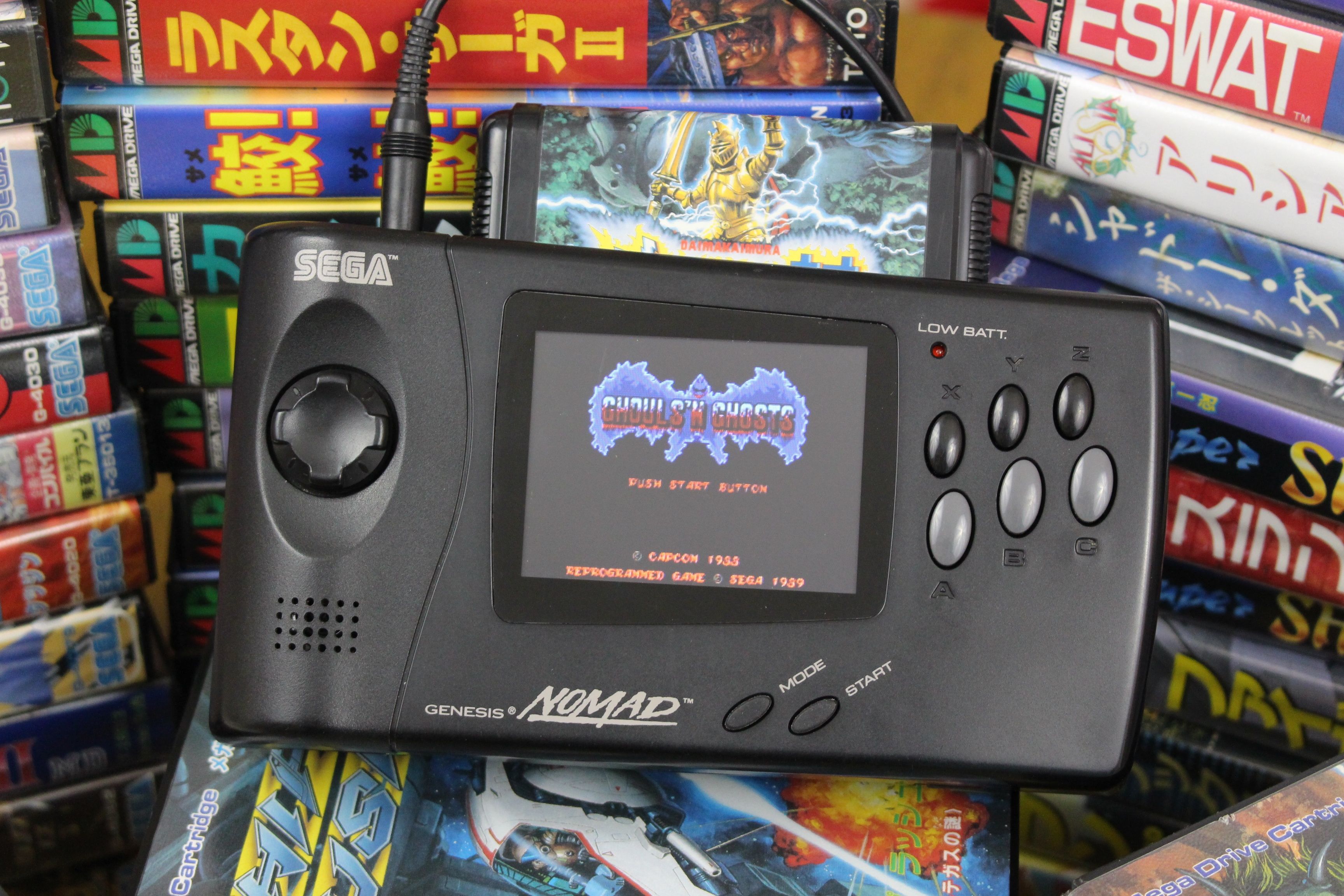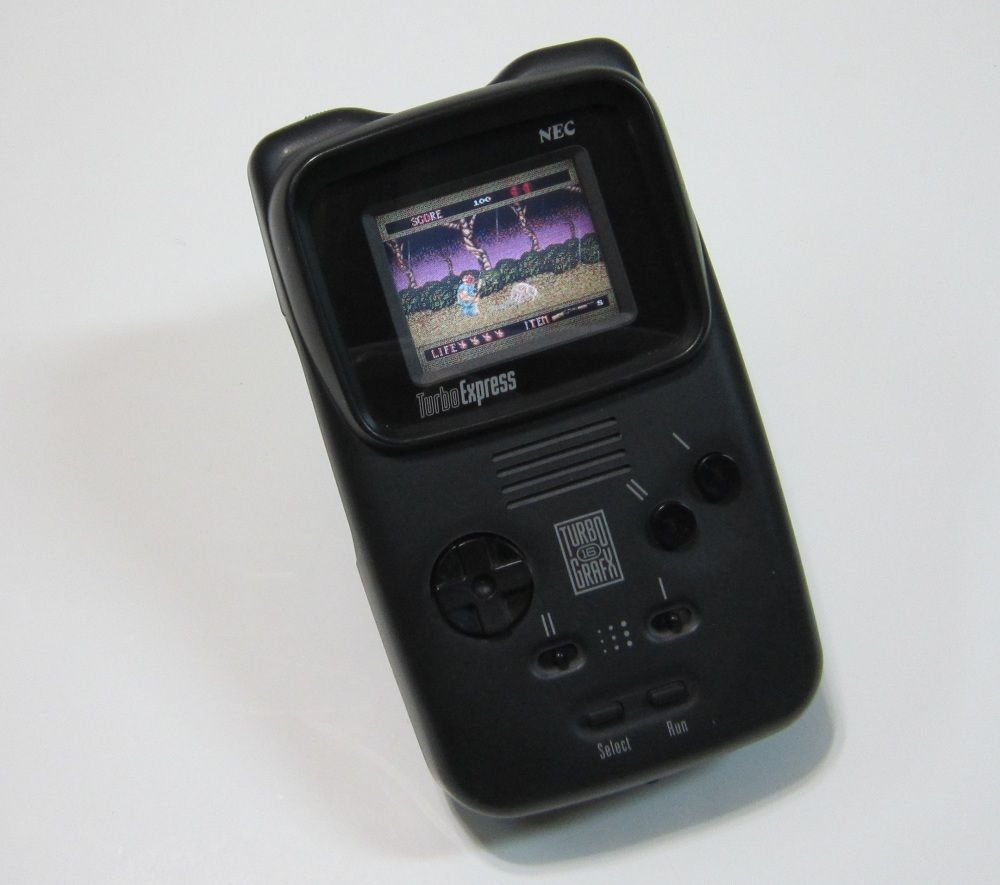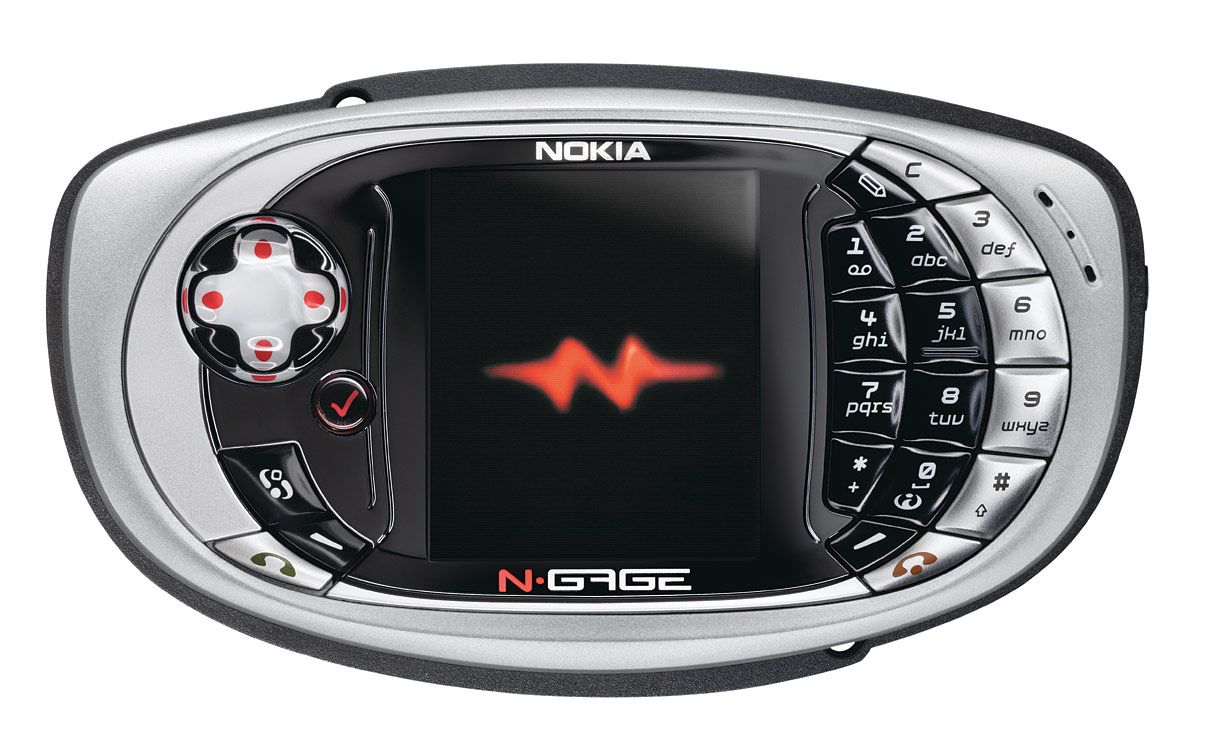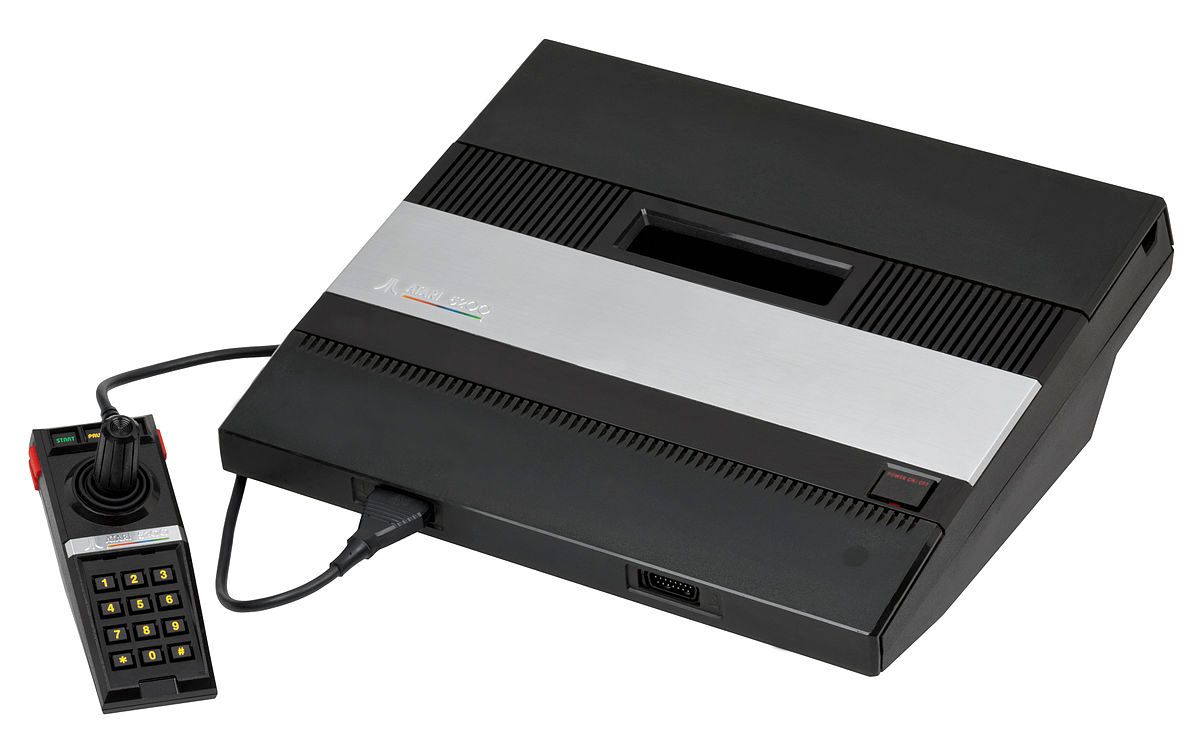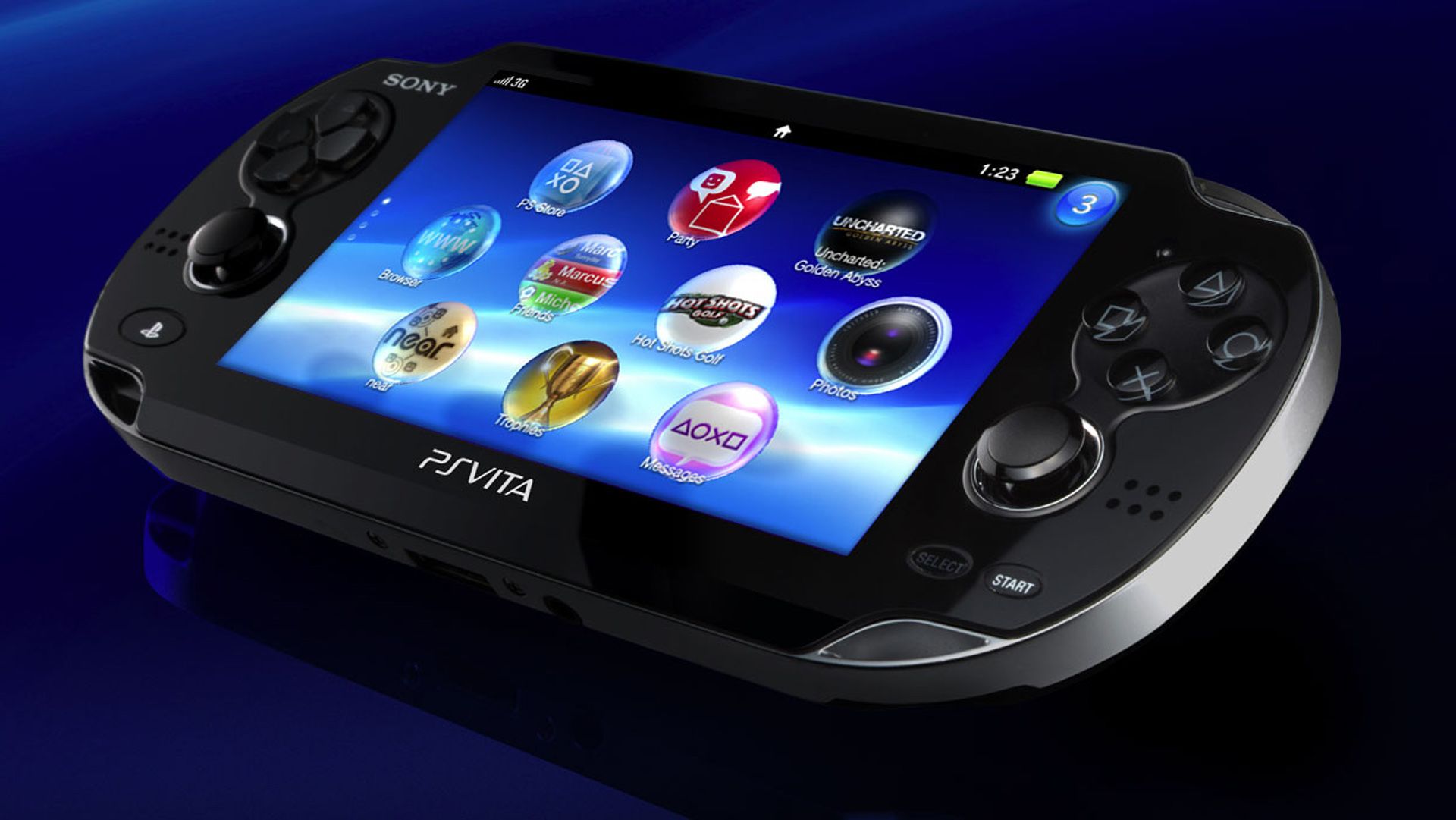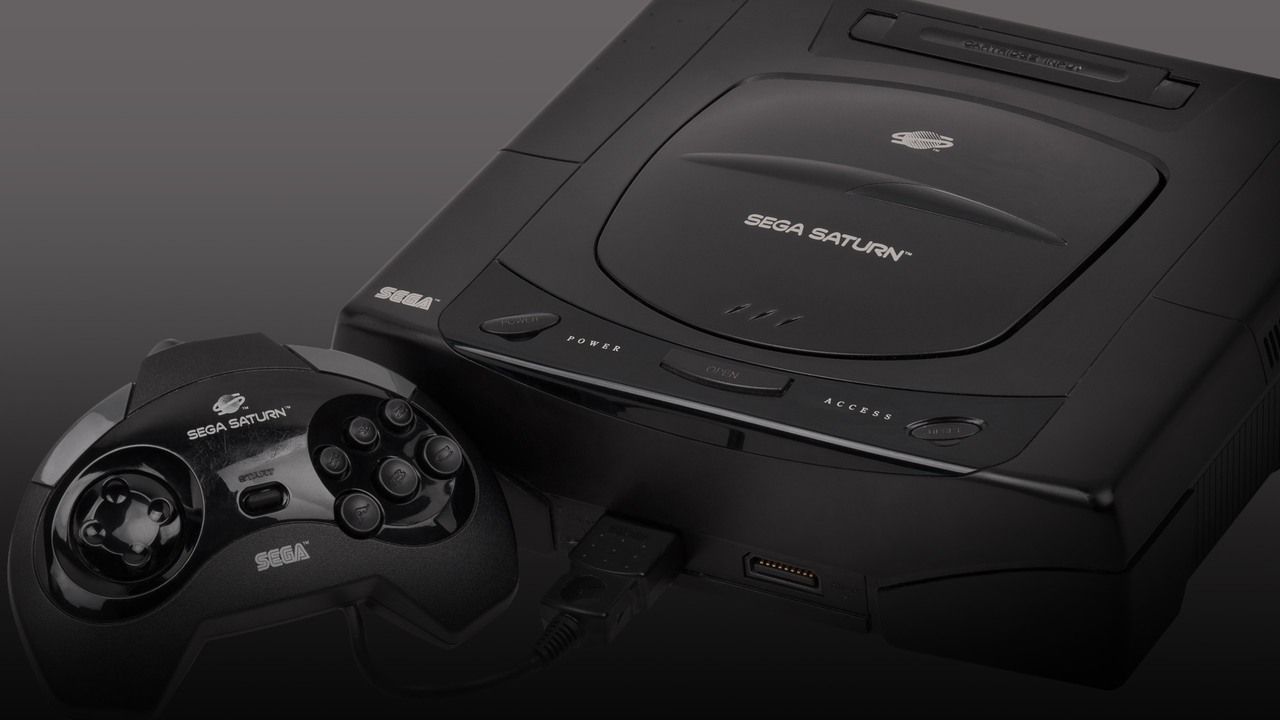It's easy to take for granted that there are three big game consoles made by three big companies - a successful console finds its spot in the market and sits there, immobile, for years to come. But there are a dizzying number of factors that go into a game console's success or failure, and gaming history is riddled with systems that —for one reason or another— failed to connect with a worldwide audience. While Sony seems like a permanent part of the gaming ecosystem, in 1990 the PlayStation was meant to be an add-on for the SNES, not a standalone console. Sega, meanwhile, was once a major hardware manufacturer, but has since shifted exclusively to third-party development. Even the mighty Nintendo was once only a third-party developer, with games like Donkey Kong appearing on other companies' systems. To succeed in the competitive console business, companies need a good product and even better luck.
Just because a system fails to find a mass audience in the marketplace doesn't mean that it has nothing to offer. These 15 consoles offered great games, innovative features, and advanced technology but, due to external factors, weren't able to impress themselves in the minds of gamers everywhere. However, their legacies live on in the memories of the lucky players who got to experience what they had to offer. Here are the 15 failed game consoles that were actually amazing.
15 Sega Dreamcast
The ill-fated Dreamcast was Sega’s final home console after fifteen years in the hardware business. It had a successful launch in 1999 but was unable to turn the company’s fortunes after the failure of its preceding system, the 32-bit Saturn. The impending introduction of the PS2 (which would go on to be a best-selling game console ever) and Sega’s ongoing financial struggles meant that the console was only on the market for two years. Still, it earned a dedicated cult following and Dreamcast games are still being created by independent developers today. The Dreamcast was the first console to include a modem for online play and featured a portable Visual Memory Unit that plugged into its controller and allowed players to take elements of their console games on the go, predating Nintendo's experimentation with console controllers and portable gaming. But it's the Dreamcast's game library that earns it a spot on the list: titles like the funky, artsy Jet Set Radio, the futuristic MMORPG Phantasy Star Online, and the groundbreaking Shenmue dictated what gaming would accomplish in the 21st century.
14 Virtual Boy
Of course, the Wii U isn't the first time a Nintendo console landed with a thud. The Virtual Boy launched in 1995 as Nintendo's entry into the 32-bit era, but dismal sales led to its discontinuation only a year later. It's not hard to see why - the system actually launched in an unfinished state due to the company reallocating resources to the more traditional Nintendo 64, leading to a number of issues in the retail product. Its ambition, however, is undeniable. The Virtual Boy was the first console to display stereoscopic 3D, a feature Nintendo would later implement in its significantly more successful 3DS, and its goggles-esque design was an early attempt at virtual reality. Now that the VR craze is sweeping the gaming community, the Virtual Boy looks less like an out-and-out failure and more like a product that was simply too ahead of its time to work.
13 ColecoVision
The industry-wide crash of 1983 permanently changed the course of video games and killed off more than one system. One undeserving victim of greater economic forces was the ColecoVision, a powerful console that offered a home gaming experience far more advanced than its main competitors, including Atari's blockbuster 2600. One of the ColecoVision’s greatest selling points was its inclusion of Donkey Kong as a packed-in cartridge, offering players a killer game right out of the box. Consumers could also expand the ColecoVision’s hardware with separate add-ons, with options including compatibility with Atari 2600 games and a driving controller with a steering wheel and gas pedal. While the console initially sold well after its release in 1982, the industry crash the next year meant that it couldn’t stay afloat, and it was discontinued after only three years on the market. But you can’t keep a good system down - like the Dreamcast, the ColecoVision retains a dedicated homebrew community to this day.
12 TurboGrafx-16
Maybe it's unfair to include the TurboGrafx-16 on this list, since the system succeeded in Japan (where it was known as the PC Engine), but it flopped badly in North America and never even got a full release in Europe. Nintendo’s restrictive third-party development policies prevented the TurboGrafx from developing the kind of well-rounded games library that consoles need, but what the system did well, it did very well. It had a great library of racing and shooting games, and late in its lifespan, the system received an innovative CD-ROM add-on years before Sega and Nintendo would attempt a similar feature. The peripheral allowed for more great titles, like the original Ys games and Castlevania: Rondo of Blood, the predecessor to the classic Symphony of the Night for the original PlayStation. The TurboGrafx was the first 16-bit system on the market, and while first isn’t always best, the console was better than its sales would imply.
11 Neo Geo
Some game consoles fail because of inadequate marketing or a skimpy games library, but the Neo Geo failed simply because it was too expensive. SNK originally launched the system as the Neo Geo MVS, a coin-operated arcade cabinet with the ability to change game cartridges; this version was popular enough that it was adapted into a home console, the Neo Geo AES. This version was more powerful than any of its competitors on the market, bringing an arcade-quality experience into players’ living rooms, and SNK’s deep library of fighting games provided high-quality titles for the system. But at a retail price of $649 in 1990, the Neo Geo was far too expensive to succeed – if the system was introduced to the market today, its inflation-adjusted price would be over $1,000. But despite its high price and dismal sales, the Neo Geo has earned a cult following, with fans continuing to develop homebrew titles well into the 21st century.
10 3DO
With the indie game revolution in full swing, game development is more accessible and more developer-friendly than ever before. But it wasn’t always this way. In the early 1990s, game creation was a restrictive and mysterious process heavily controlled by publishers and hardware makers. The 3DO was supposed to change all that. It was envisioned as a truly democratic platform in which game developers held all the power - rather than a single system. It was meant to be a platform that hardware makers could license, closer in philosophy to a PC than a traditional console. Developer royalty rates for the 3DO were much lower than those for Sega and Nintendo, meaning that anyone could theoretically build games for the platform. But this developer-friendly model had a downside. The costs had to be recouped somewhere, and hardware makers who created 3DO-enabled devices did so at an extremely high price; the first 3DO system, developed by Panasonic, went on sale in 1994 for $699. The sticker shock, combined with the release of the more powerful PlayStation and Saturn systems the next year, sunk the 3DO.
9 Atari Lynx
Atari’s struggles in the gaming industry have been well-documented; though the company dominated the market in the 70s and early 80s, it was also instrumental in its crash in 1983 and never again regained its dominance. That’s not for lack of trying, however. While Atari’s other major attempts at relevance in the 1990s, like the 32-bit Jaguar, were disastrous, the portable Atari Lynx was secretly a great little system. Unlike Nintendo’s Game Boy, the Lynx had a backlit screen that could display color graphics as well as rudimentary 3D, similar to the SNES’s famed "Mode 7." Players could also choose between left-handed and right-handed modes - a feature that even many modern systems can’t match. But, like other failed systems, these forward-looking features drove up the cost, and the Lynx didn’t have a killer app that could compete with the Game Boy’s Tetris. The system was discontinued in 1995, and Atari left hardware development the next year.
8 Neo Geo Pocket Color
Speaking of failed handhelds, SNK makes their second appearance on this list with the Neo Geo Pocket Color. Like their Neo Geo home console, the Pocket Color was an advanced system that simply couldn’t compete with its more established competition. Unlike the Neo Geo, however, the Pocket Color wasn’t ridiculously expensive. The system included a joystick rather than a d-pad, a feature that was unheard-of for portable systems; it also was not region-locked, allowing players to import games for the system no matter where they were in the world. It had a colorful screen and a whopping 40-hour battery life, making it ideal for long play sessions, and could even link up with Sega’s Dreamcast via a special cable. But despite these features and SNK’s legendary fighting games, it didn’t attract many third-party developers, and the arrival of the Game Boy Advance and SNK’s continuing financial troubles doomed the pocket color.
7 Wii U
Similar to the Dreamcast in including a screen in the controller, the recently deceased Wii U was Nintendo’s biggest flop in years. Its name was confusing, sounding more like an accessory to the massively popular Wii than a new system, and none of its games made a truly compelling case for the tablet controller format. These issues meant that third-party developers largely abandoned the system, further compounding its failures. But despite its drawbacks, the Wii U offers some amazing, one-of-a-kind games. Splatoon, one of the biggest new IPs of the decade, made its debut on the Wii U. PlatinumGames' utterly bonkers Bayonetta 2 found a home on the system as well, with a high-quality port of the original included in the box. And that's not to mention superb franchise installments like The Legend of Zelda: Breath of the Wild, Super Smash Bros. for Wii U, and the best Mario Kart game yet. Compared to the Xbox One and PS4, the Wii U's game library gives it a distinctive personality, and the creativity that Nintendo summoned for the system made the company's games feel cool and progressive once again. And though the tablet never quite took off, its design probably led directly to Nintendo's renaissance with the Switch.
6 Genesis Nomad
Playing home console-quality games on the go is a fact of life today, when powerful systems like the Switch offer experiences that just five years ago were confined to the living room. But Sega was ahead of the curve, offering the Genesis Nomad over 20 years ago. A successor to Sega’s Game Gear portable, the Genesis Nomad was literally what it sounds like: a portable, “nomadic” version of the Genesis, compatible with every Sega Genesis title. This meant that at its launch in 1995, it instantly had a library that was 500 games deep, and that’s not even counting the Genesis’ ongoing homebrew community. It also included an A/V output, allowing it to be plugged into a TV screen like its parent system. Unfortunately, the Nomad was a victim of poor timing. Its release came hot on the heels of the Sega Saturn, and when the company shifted its focus exclusively to the 32-bit console, the Genesis Nomad was left out in the cold with lackluster marketing and poor sales. It was discontinued in 1999.
5 TurboExpress
Beating even the Genesis Nomad to the punch was NEC’s TurboExpress, another ill-fated handheld version of a home console. Originally released in 1990, the TurboExpress was compatible with the games library of the similarly unpopular Turbografx-16. Like the Atari Lynx, the TurboExpress had some innovative features, including the first-ever backlit display on a handheld system (something Nintendo wouldn’t incorporate until the DS, 14 years later) and a technologically advanced LCD screen. But these features guzzled its battery life and drove up the price - the system initially went on sale for $299. Though that number came down in the months following its launch, the TurboExpress never had a chance against its cheaper competition.
4 N-Gage QD
Nokia’s N-Gage is one of the most notorious flops in gaming history. The ridiculously-designed original model can’t really be defended, despite the forward-thinking idea of blending a cell phone and a specialized gaming machine. As it turns out, players don’t want to have to remove a system’s battery just to change game cartridges, or hold a phone in a silly and uncomfortable sideways position to speak to their friends. But the remodeled N-Gage QD fixed these and other issues, focusing the system more on its core phone/gaming combination and featuring a more aesthetically pleasing design to boot. It even sold at a lower price than the original N-Gage. Unfortunately, the original system’s well-documented problems had done too much damage for the QD to gain any traction, and Apple would soon steal Nokia’s thunder two years later with the iPhone, which has since become synonymous with cell phone gaming.
3 Atari 5200
Maybe this is the system that started Atari’s run of bad luck in the gaming industry. Coming off of the massive success of the 2600, it seemed as if Atari could do no wrong, and the 5200 was meant to continue that success - it was more powerful than the 2600 and had an innovative analog joystick, the first offered by any gaming company. It also offered a pause button, a rare feature at the time of its release. Ironically, however, the 2600’s success also led to the 5200’s downfall. The 5200 wasn’t backwards-compatible with 2600 software, and because the older system was so popular, it was still more profitable to develop 2600 games. The joystick, despite being technologically advanced, also didn’t work very well, further hurting the system’s reputation. These issues, combined with the company’s ongoing financial troubles after 1983, led to the system’s discontinuation in 1984, only two years after it was introduced.
2 PlayStation Vita
While Sony is riding high once again with the success of the PS4, dedicated fans have rightfully taken the company to task for the failure of the Vita, an ambitious system that hasn’t enjoyed much support. Launched in 2012, the Vita followed the successful PSP in attempting to offer an alternative to Nintendo’s handheld offerings, with interesting features like a rear touchpad, an accelerometer, and a giant, high-quality touchpad display. While these features drove up the price, it may have been the even higher hidden costs that really wounded the Vita - it uses proprietary memory cards, rather than more common SD cards, for which Sony charges a pretty penny. While the Vita sold well at launch, it stalled out after a few months on the market, and third-party developers quickly pulled their support. The system has since found a niche for fans of indie games and JRPGs, but it has vastly underperformed compared to the PSP, and Sony rarely even mentions it at gaming events.
1 Sega Saturn
While the Dreamcast was Sega’s final system, the Saturn is the console that really sent the company into a tailspin. The system was plagued by bad luck and internal strife between Sega’s North American and Japanese divisions from its launch onwards. Originally announced for release on September 2, 1995, the system was instead released months earlier in May to get a head start on Sony’s competing PlayStation. The launch was announced as a surprise at E3, and was mandated behind the scenes by Sega Japan despite objections from the North American branch of the company. The surprise launch backfired, reducing the size of the Saturn’s launch library (as only six games were ready to be released) and allowing Sony to undercut the Saturn’s price by $100 - it was possibly Sega's worst mistake ever. It resulted in a staggering loss of momentum that was compounded when Sega failed to release a mainline entry in the Sonic franchise for the console. Despite its issues, the Saturn had several great games, including NiGHTS Into Dreams and the extremely rare Panzer Dragoon Saga from the team that would later create Jet Set Radio. These bright spots demonstrate the system's massive potential and make its failure sting all the more.

